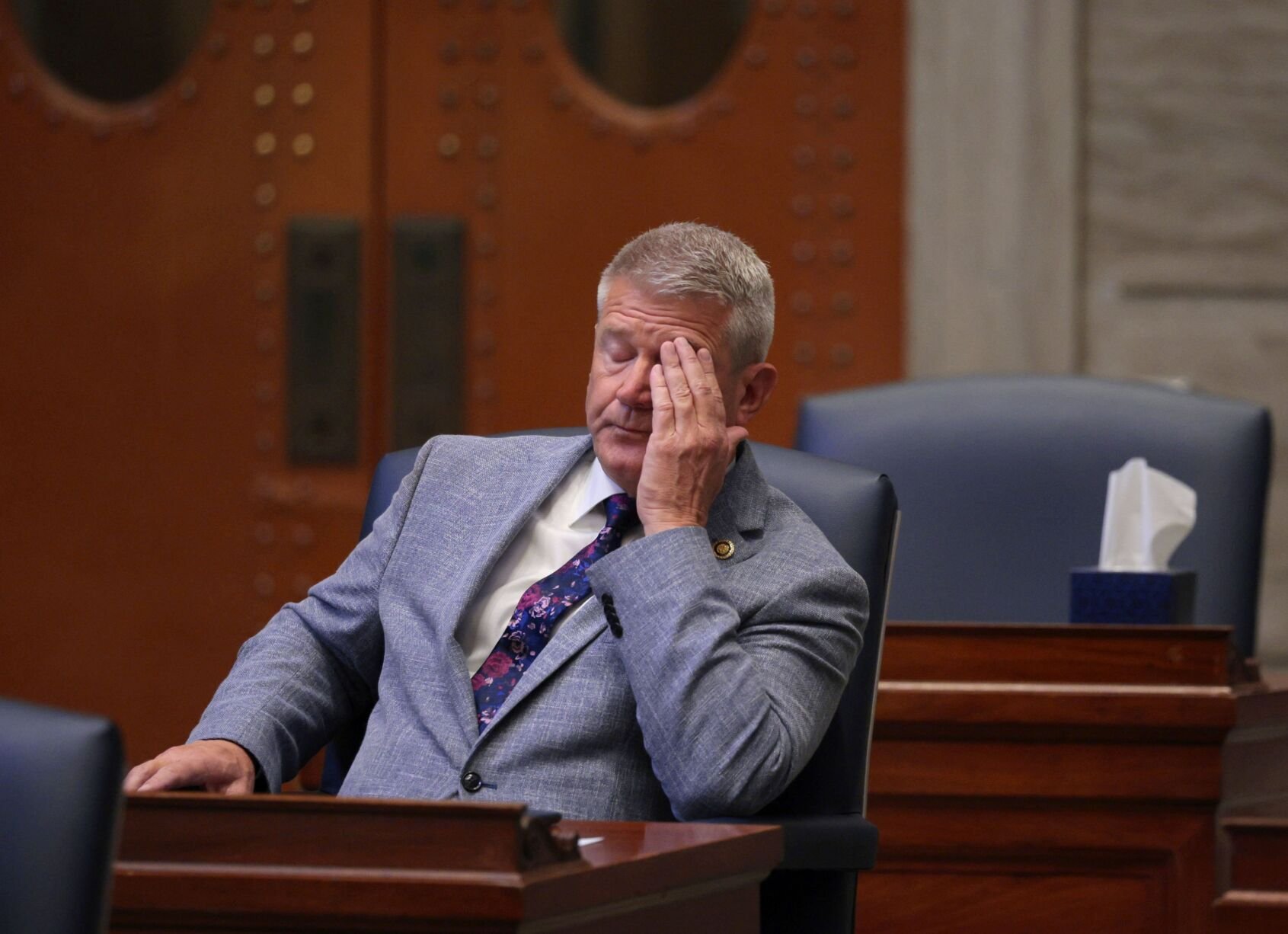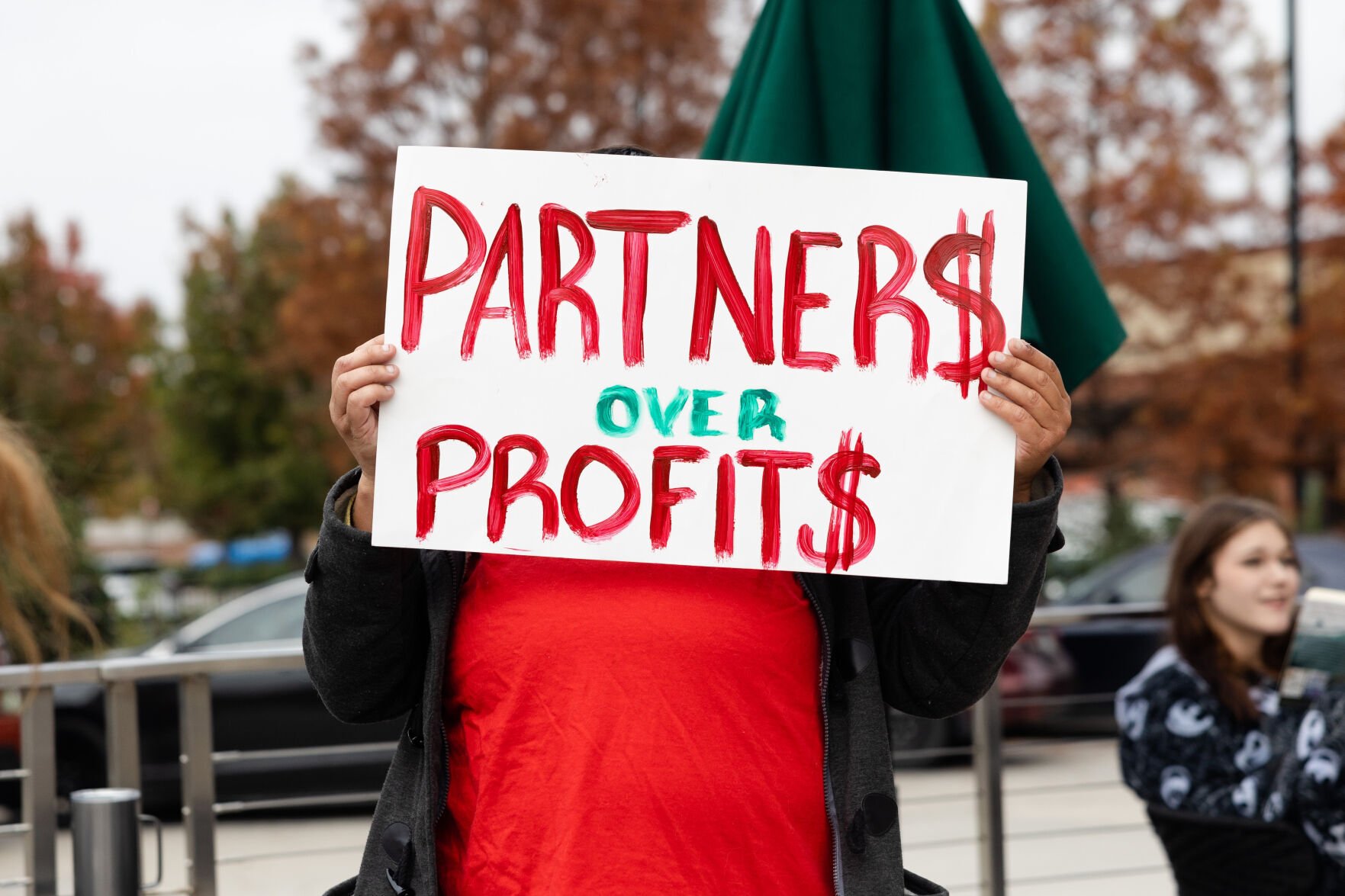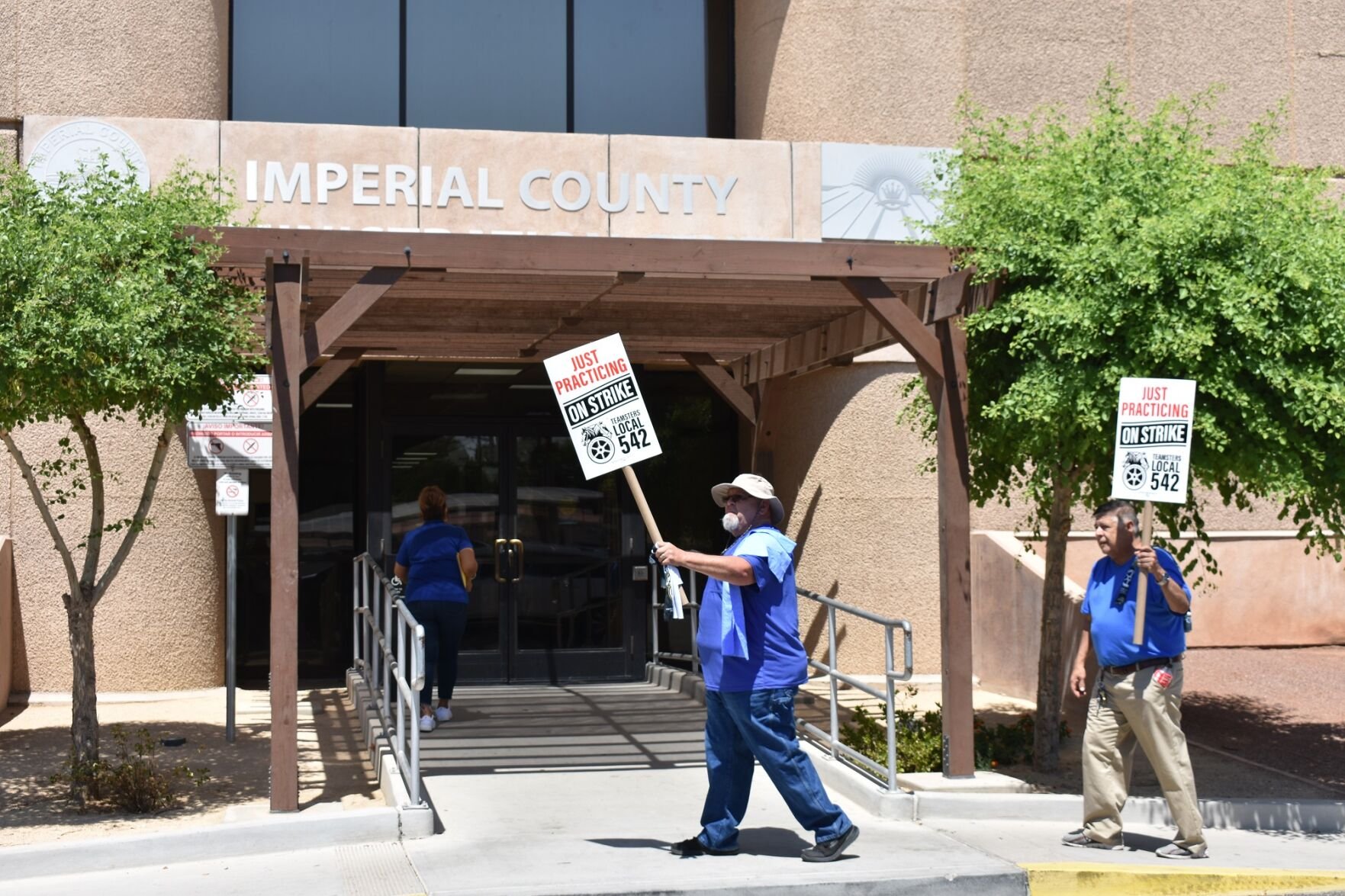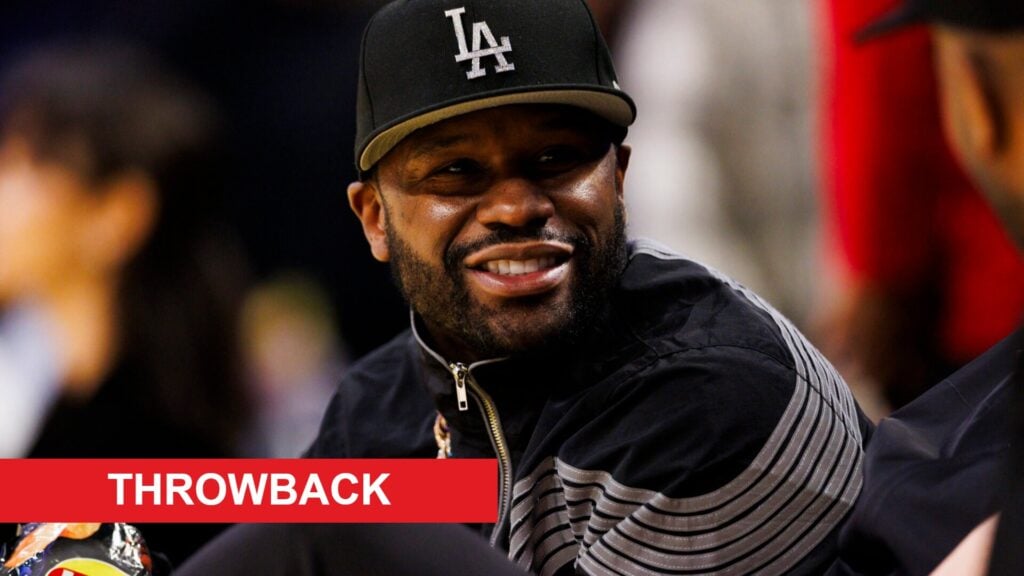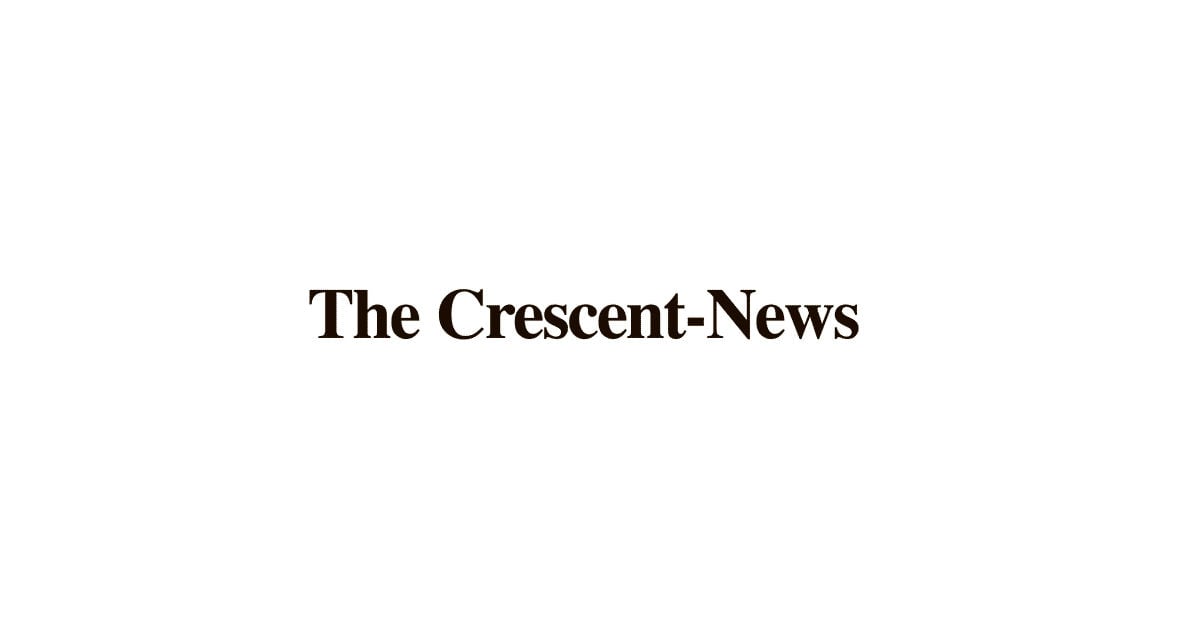A political showdown unfolds as President Trump declares the end of New York City’s congestion pricing program, while Governor Hochul vows legal action to defend the toll aimed at easing Manhattan’s traffic woes. With early successes in reducing congestion and boosting the economy, the stakes are high in this clash over state autonomy and urban policy.
Trump calls himself ‘king’ after DOT strikes down NYC’s controversial congestion pricing program
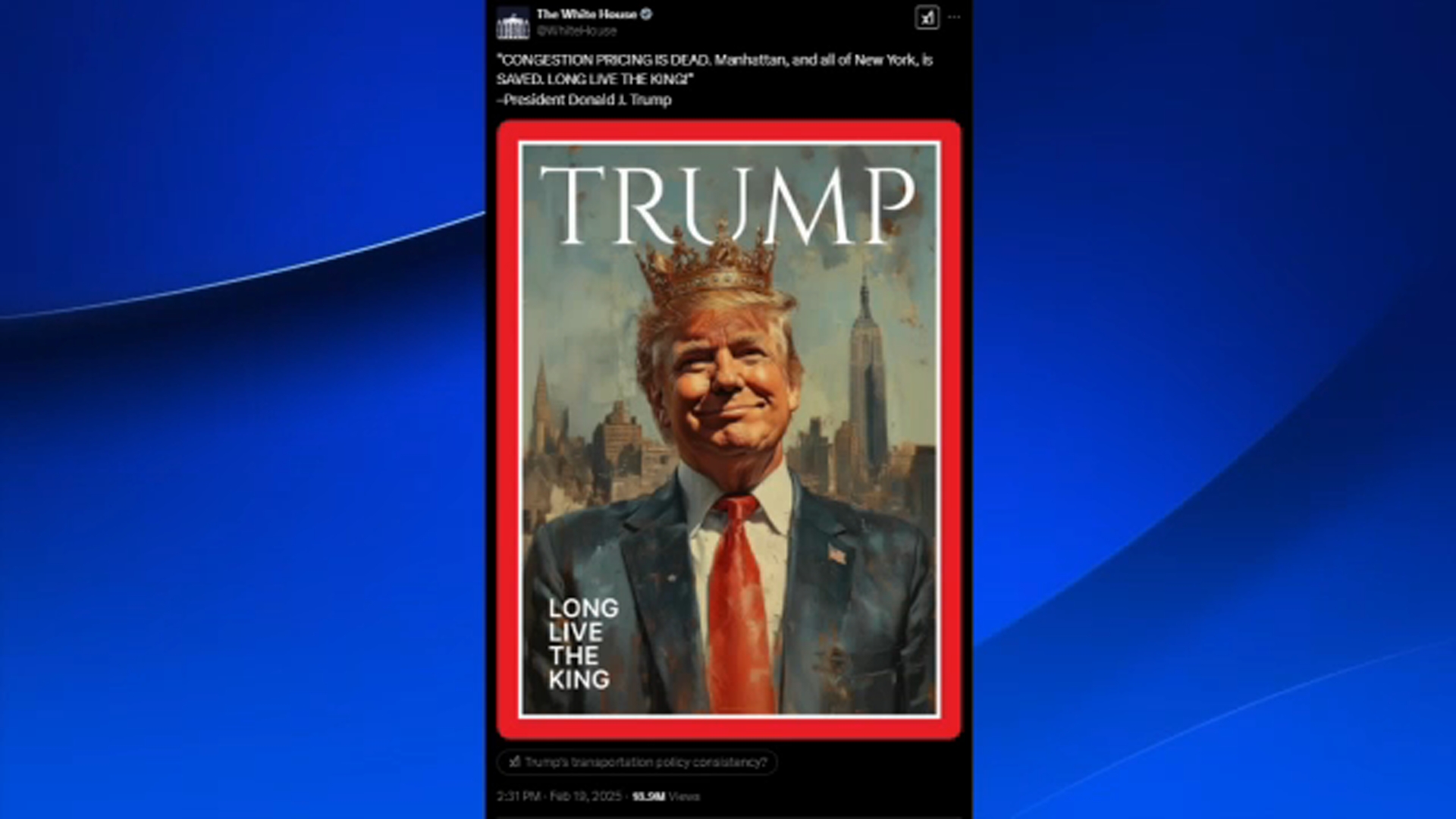
Key Takeaways:
- Trump Celebrates Halt of Congestion Pricing: President Trump declared the end of NYC’s toll program after the DOT pulled its approval.
- Governor Hochul Vows Legal Action: New York’s leadership promises to fight back, emphasizing the state’s independence from federal decisions.
- Program Showed Early Successes: The $9 toll led to a 9% decrease in traffic and boosts in public transit usage and local economy.
- Interstate Tensions Rise: New Jersey’s opposition to the toll adds complexity to the regional dynamics.
- Legal Battle Looms: The confrontation sets the stage for a significant legal fight over state versus federal authority.
New York Stands Firm as Federal Approval for Congestion Pricing Pulled
President Donald Trump’s celebration over the Department of Transportation’s move to pull approval for New York City’s congestion pricing toll program has ignited a fierce political battle. Taking to his social media platform, Truth Social, Trump declared himself “the king” in a triumphant message.
“CONGESTION PRICING IS DEAD. Manhattan, and all of New York, is SAVED. LONG LIVE THE KING!” he proclaimed. Amplifying the statement, the White House shared an AI-generated image of a fake Time Magazine cover featuring Trump wearing a crown against the backdrop of Manhattan.
Governor Hochul’s Defiant Response
Governor Kathy Hochul swiftly countered the president’s remarks during a briefing alongside MTA Chairman and CEO Janno Lieber. Holding up the same image circulated by the White House, Hochul retorted, “New York hasn’t labored under a king in over 250 years, and we sure as hell are not going to start now.” Her statement was met with applause, underscoring the state’s resolve.
Hochul criticized the DOT’s decision as an attack on New York’s autonomy. “It feels like the commuters of our city and our region are now the roadkill on Donald Trump’s revenge tour against New York,” she said. The governor emphasized that legal action was already underway. “Within minutes of receiving that letter, our MTA filed a lawsuit. And let me be clear—the cameras are staying on. The tolls are staying on.”
Successes of the Congestion Pricing Program
Implemented with the goal of reducing traffic in Manhattan’s busiest areas, the $9 congestion toll has shown promising results. Lieber highlighted the program’s early successes: “Traffic was down 9% in January, with 1.2 million fewer vehicles entering the central business district. Bus speeds are up, crashes are down, and pedestrian traffic in business areas has surged. This is working.”
Economic indicators also point to positive trends. “Restaurant reservations are up 7%, Broadway grosses are up 25%, and commercial office leasing jumped 61% in January compared to last year,” Lieber added. “People want to be in New York.”
Interstate Tensions with New Jersey
The debate over congestion pricing has also strained relations with neighboring New Jersey. Governor Phil Murphy has been a vocal opponent, requesting that the Trump administration reexamine the program due to its impact on the Garden State. Hochul addressed this interstate friction head-on: “Since when does New Jersey get to dictate what happens in New York?” she challenged.
She further asserted that abandoning the program would have significant financial implications. If congestion pricing is killed, “that comes with $15 billion more the federal government will need to give to New York,” Hochul noted.
A Legal and Political Showdown Ahead
As New York moves forward with its lawsuit, the stage is set for a significant confrontation over state rights and urban policy. Hochul remains unwavering in her commitment. “In case you don’t know New Yorkers, when we’re in a fight, we do not back down—not now, not ever,” she declared. “We have a lot of legal reasons why we know we’re going to be victorious.”
The outcome of this battle will have far-reaching implications, not just for New York City but for other municipalities grappling with congestion and environmental concerns. The conflict underscores the complexities of federal and state relations, especially when innovative urban solutions meet political resistance.
Conclusion
The suspension of New York City’s congestion pricing program has become a flashpoint in the ongoing struggle between state initiatives and federal oversight. With compelling evidence of the program’s benefits and a steadfast leadership unwilling to cede to external pressures, New York’s fight represents a critical moment in the discourse on urban planning and governance. As the legal proceedings unfold, the nation watches to see how this pivotal clash will shape the future of city landscapes and state sovereignty.

